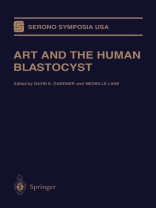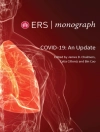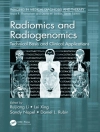The field of human artificial reproductive technology (ART) is continually advancing and has witnessed significant changes since the inception of Louise Brown in 1978. Though Louise Brown herself was conceived after the trans- fer of a blastocyst, there remain significant confusion and debate regarding the stage at which the human embryo conceived in the laboratory should be replaced in the mother. Developments in culture media formulations, leading to the introduction of sequential media, have brought the role of the blasto- cyst in human ART back into the spotlight. It was due to this resurgence of interest in the niche of extended culture in human infertility treatment that the symposium on "ART and the Human Blastocyst" was held. of this meeting within this volume bring to the forefront The proceedings the main issues raised with the transfer of embryos at the blastocyst stage. It is evident from the chapters that follow that ART needs to be perceived as a continuum of procedures, each one dependent on the preceding one, and all equally as important as each other. That is to say, the development of a com- petent embryo is ultimately dependent on the quality of the gametes from which it was derived. With regard to the oocyte, this then places the emphasis on the physician to use a stimulation protocol that both produces quality oocytes and does not impair endometrial function. Maintenance of gamete and embryo quality is the laboratory’s role.
David K. Gardner & Michelle Lane
ART and the Human Blastocyst [PDF ebook]
ART and the Human Blastocyst [PDF ebook]
Cumpărați această carte electronică și primiți încă 1 GRATUIT!
Limba Engleză ● Format PDF ● ISBN 9781461301493 ● Editor David K. Gardner & Michelle Lane ● Editura Springer New York ● Publicat 2012 ● Descărcabil 3 ori ● Valută EUR ● ID 4679160 ● Protecție împotriva copiilor Adobe DRM
Necesită un cititor de ebook capabil de DRM












